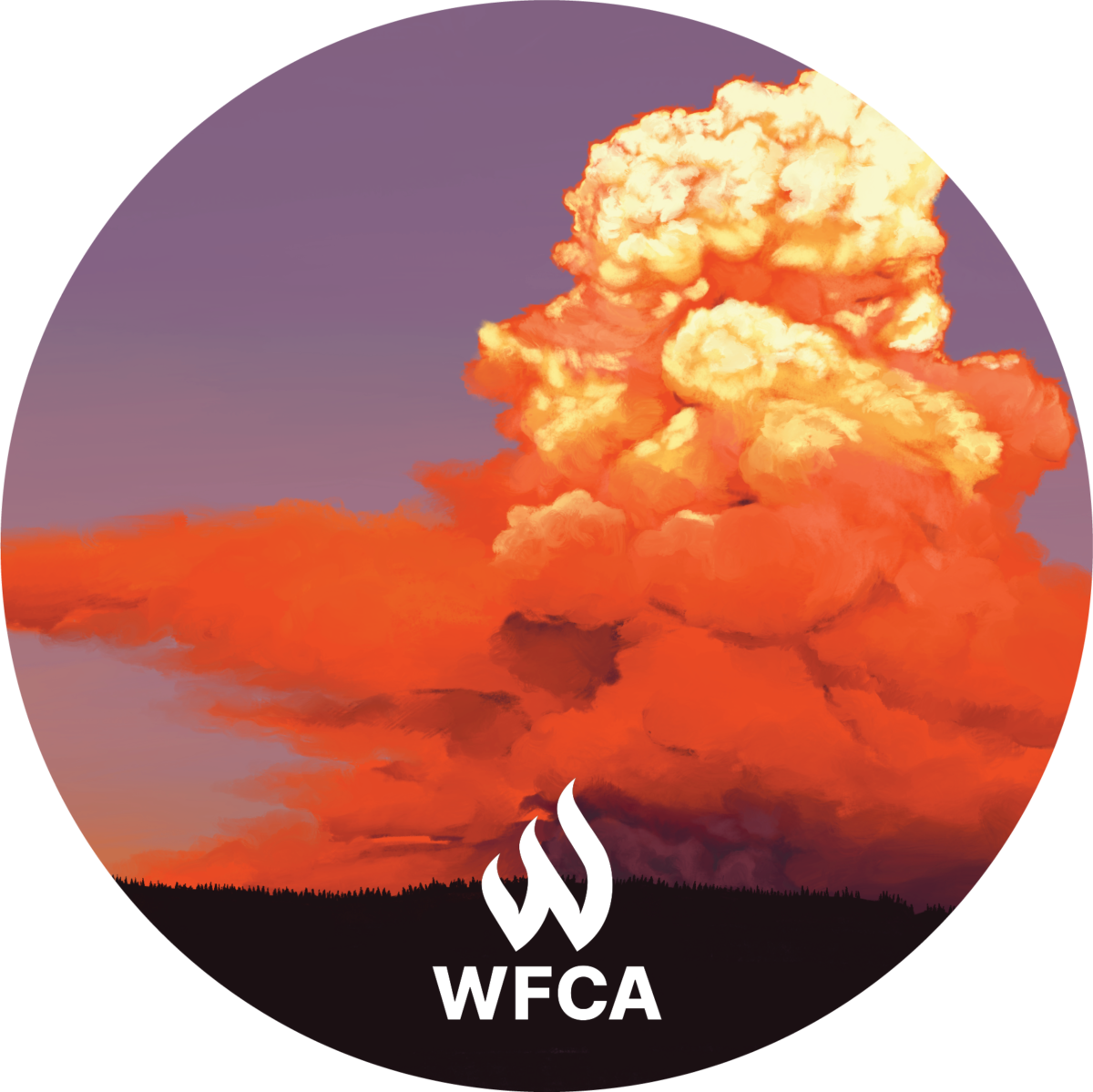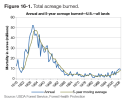ArrowFlyer86
Pattern Altitude
- Joined
- Jul 17, 2019
- Messages
- 1,549
- Location
- Chicago suburbs
- Display Name
Display name:
The Little Arrow That Could
When I was younger I never really paid attention to wildfires. Maybe they were less common, or maybe they were so far away that it didn't register in my mind.
But, I gotta ask from those who have been flying longer or lived in these areas...
Were there always this many TFRs up on the west coast for fire-fighting ops? Looks like damn near 15% of whole area is blocked off for that. If it hasn't always been like this, when did it really pick up?
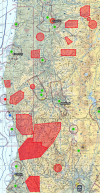
But, I gotta ask from those who have been flying longer or lived in these areas...
Were there always this many TFRs up on the west coast for fire-fighting ops? Looks like damn near 15% of whole area is blocked off for that. If it hasn't always been like this, when did it really pick up?


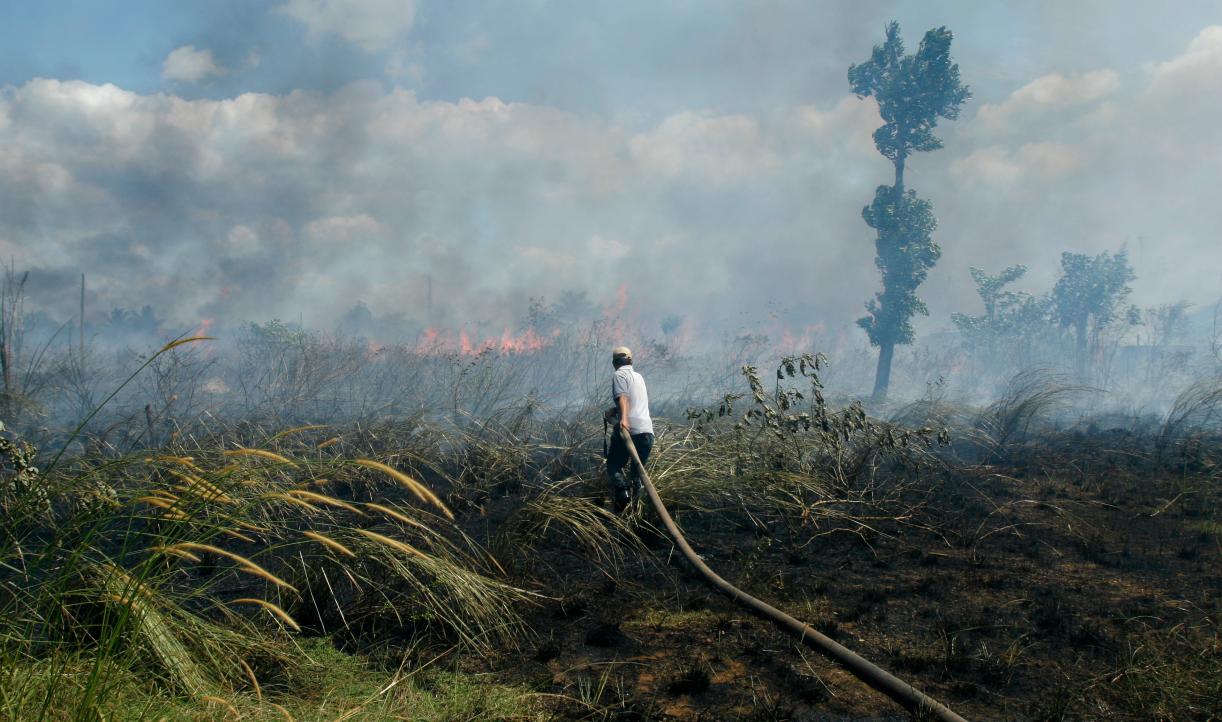
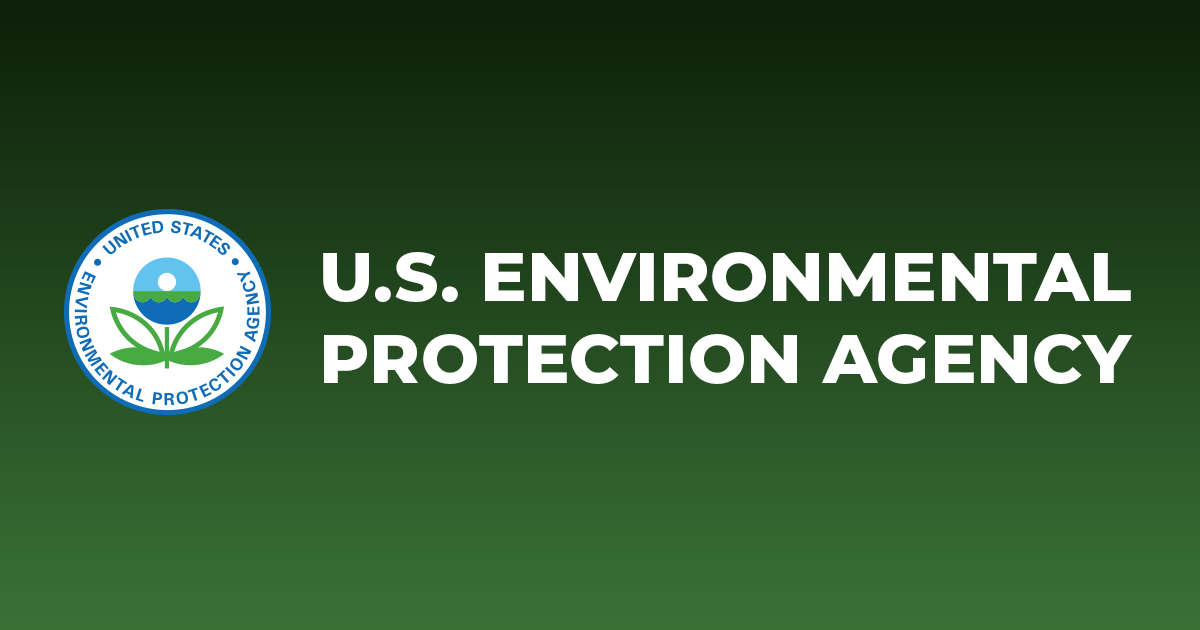
 )
)
 Mods, don’t lock the thread, just delete this and throw me in detention for awhile if necessary.
Mods, don’t lock the thread, just delete this and throw me in detention for awhile if necessary.